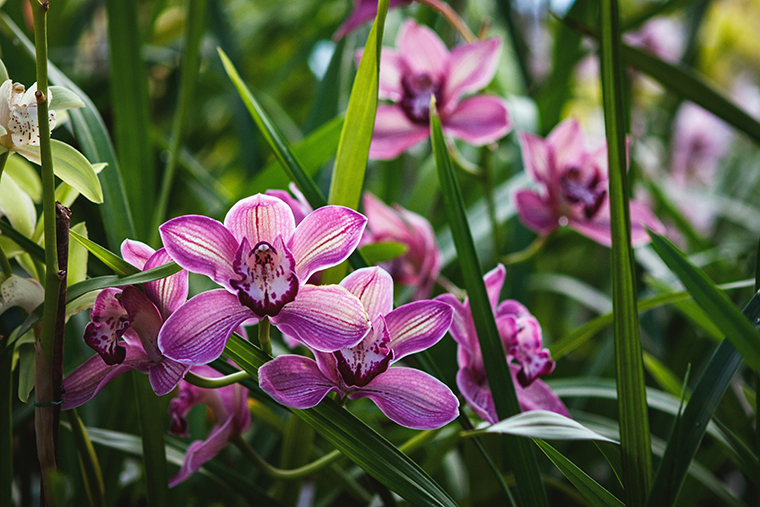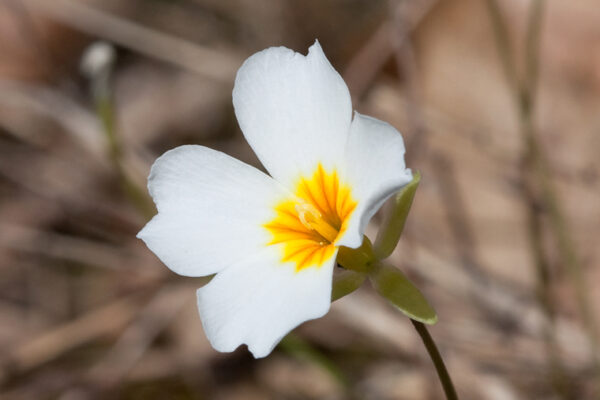
Research from Washington University in St. Louis and international partners shows that orchids probably originated in Eurasia during the late Cretaceous period, about 66 to 100 million years ago. Biologist Susanne Renner in Arts & Sciences is a senior author of the study published Feb. 21 in New Phytologist.

“The time had been inferred before, but not the overall region, which the most recent study instead suggested was Australia,” Renner said. “Numerous groups of flowering plants that were once widespread in Eurasia today have small surviving remnants in tropical Southeast Asia. The orchids are one such group. The lineage that first diverged from the remaining orchids today includes 16 species in Southeast Asia and northern Australia.”
Orchids, with almost 30,000 species, are one of the most diverse groups of the world’s flowering plants. Of the known orchids, most are epiphytes that grow atop trees in the canopies of tropical forests.
The current study presents a new Orchidaceae phylogeny based on genetic sequencing of about 7% of the currently accepted orchid species, covering all five subfamilies. Researchers used this information to infer geographic range evolution, diversity and speciation patterns.
Despite their ancient origins, modern orchid species’ diversity mainly originated over the last 5 million years, the scientists discovered, with the fastest speciation rates found in south-eastern Central America. The results substantially alter our understanding of the geographic origin of orchids.


